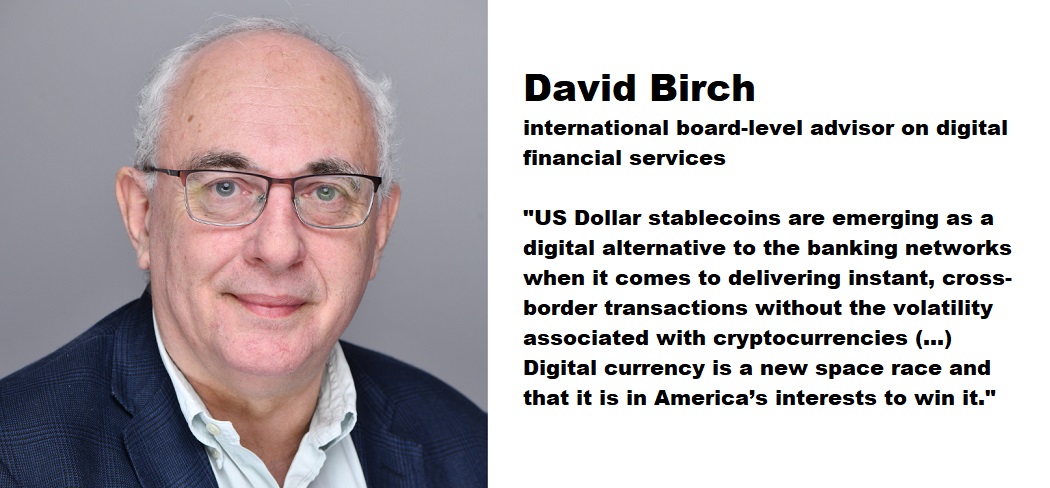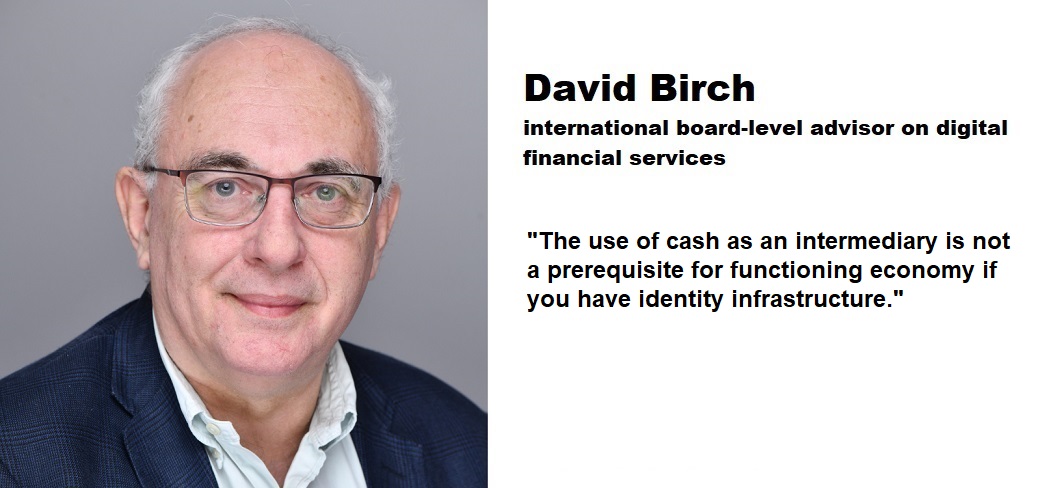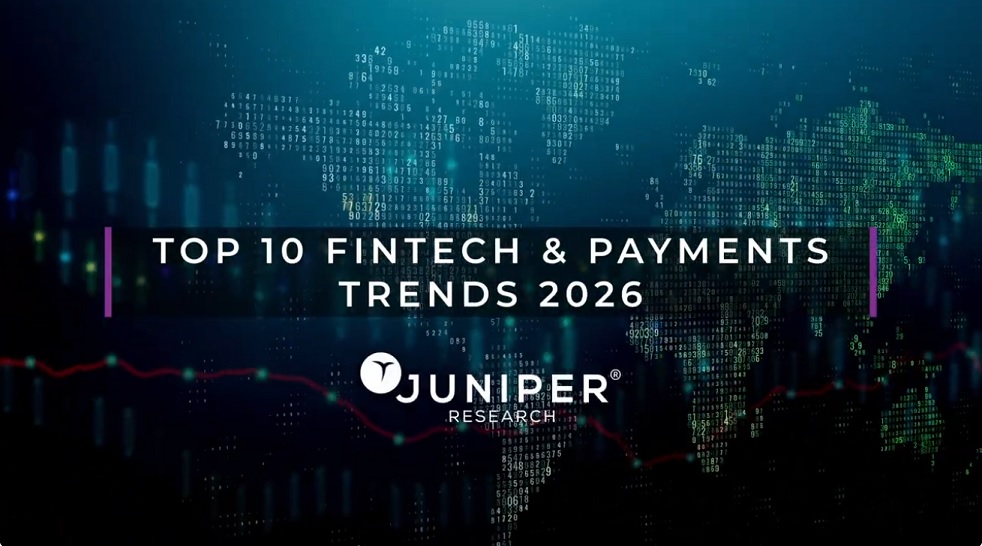Forget BRICcoin and GoldBRICs, Greenbacks Rule. Stablecoins are extending American soft power. Fact.

an article written by David Birch,a world-class keynote speaker, a published author on digital money and digital identity, and an international board-level advisor on digital financial services. David will deliver a keynote speech at Banking 4.0 where he will launch (for the Romanian market) his latest book „Money in Metaverse”.
A Russian plan to break the grip of the U.S. dollar through a new international payments network met a cool reception at the BRICS summit in Kazan a few days ago. Despite all of the excitable talk of new reserve currencies and gold-backed BRICSbucks, the greenback’s position is actually strengthening because of an entirely different monetary innovation: dollar-backed stablecoins.
Dollar Dollar Bills
The news that in Turkey some 4% of GDP is already going on buying stablecoins is certainly surprising but it is not — at least to people who read my book The Currency Cold War — shocking. The Turkish Lira (TRY) is in fact the fourth most used fiat currency in the cryptocurrency world, as stablecoins and „meme coins” have surpassed even Bitcoin in the country. Right now, USDT-TRY (ie, Tether) is the largest trading pair by volume on Binance, reaching over $22 billion, more than five times greater than the next largest pair which is (astonishingly) PEPE-USDT, which has $4 billion.
It is misleading to refer as some people do to this trend as being about cryptocurrency adoption, since it has always seemed to me to be the case that cryptocurrency demand in developing nations is largely a proxy demand for dollars anyway. What might this mean for a country such as Turkey?
In that book I talked about the difference between “prime” currencies (eg, the US Dollar) and “permeated” currencies. Permeated currencies exist and are used in general circulation but are supplanted by other currencies for transactions that matter. I can illustrate the latter category from personal experience: many years ago, I lived in a developing nation where all transactions of any significance (eg, my rent) were executed in US Dollars whereas the local currency was used for day-to-day transactions such as shopping and transport. Anyone accumulating any reasonable amount of the local currency would change it to US Dollars at the first opportunity. While the economy was not dollarised, it was permeated by US Dollars.
Now, that was back at a time when getting, storing and transferring US Dollars was constrained. Only the well-off had dollar bank accounts and could wire money into and out of the country. For those forced to transact in cash, getting and transporting physical US currency was a problem. I can well remember pushing a small barrow full of local currency to a travel agent to buy a plane ticket because for some reason (I forgot why exactly) they could not take Dollars!
Well, that was then. This is now, and getting, storing and transferring electronic US Dollars is no longer the province of the wealthy with their foreign bank accounts and dollar credit cards. In Turkey, as in a number of other countries, more and more people are moving their money into stablecoins, and these stablecoins are almost without exception US Dollar stablecoins.
This has implications that go far beyond fintech because an explosion in stablecoin trading in Europe an explosion in the use of dollars (there are mimetic echoes of the eurodollar market here) and while euro stablecoins do exist, they currently account for only around one percent of trades.
I would imagine that there is even more competition coming. A recent paper from the European Central Bank (ECB) looked at how stablecoins might be rather unattractive to banks but potentially very attractive to other businesses.
(As an aside the paper also set out the technical reasons for a strong link between digital money of this form and digital identity, noting that when a credit institution issues its own stablecoins with mechanisms that allow for the continuous identification of holders, it can benefit from more advantageous liquidity requirements.)
The Financial Stability Board (FSB), an international body that monitors and makes recommendations about the global financial system, recently published its report on crypto-assets and global stablecoins which warned that developing economies may be exposed to macro-financial risks arising from the use of coins backed by foreign fiat currencies (digital currency boards, if you will). These can increase financial stability risks by „destabilising financial flows and straining fiscal resources”. In particular, they note that a stablecoin may become systemic in an emerging economy (ie, permeate it) before reaching the threshold for becoming systemically important in the jurisdiction where it is domiciled.
Money Suppliers
These risks are significant. If we continue with the interesting case study of Turkey and speculate on the implications of Turks increasingly choosing to use stablecoins pegged to the US dollar instead of the local currency, that would have a major impact on the country’s economy, even putting to one side the fact that the Turkish central bank would have less control over the country’s money supply and its ability to implement effective monetary policy. In straight economic terms, a falling demand for the Turkish Lira could also lead to its further devaluation which would exacerbate inflation making it harder for people to afford basic goods and services.
(The banking sector might suffer too, because of reduced deposits as people shift to dollar-denominated digital assets for their savings and this could impair their ability to lend, potentially leading to a credit crunch.)
Any government would face major difficulties in regulating an economy that operates increasingly with proxy dollars. The switch to stablecoins might undermine tax collection, anti-money laundering efforts and overall governmental oversight. While the shift from the Turkish Lira to stablecoins might provide some short-term stability for individual savings, it also could bring long-term uncertainty to Turkey’s monetary policy, financial stability and economic health.
Stablecoins Are Spreading
A recent YouGov survey (commissioned by Visa and others) of 500 cryptocurrency users in each of five emerging markets found that stablecoins are increasingly seen as a “core application” in the crypto space, offering practical solutions for remittances and payment for goods and services. Stablecoins are on a tear and Turkey is not the only country to see stablecoins signalling change.
While it is certainly true that much global stablecoins activity is just automated bot-vs-bot speculation and trading – Visa’s detailed examination of the volumes shows that around 90% of volume is what they term “inorganic” — there is no doubt that stablecoins have real utility. That is, to support trade and commerce and (therefore) prosperity.
(I gave a talk about the drivers for stablecoin growth the the Digital Pound Foundation event in London earlier this month and one of the companies attending told me that they are already doing huge business in the property market with stablecoins used for payment across borders.)
Writing in the Harvard Business Review, Christian Catalini and Jai Massari suggest that CBDCs and private-sector stablecoins are strong complements, not substitutes. This makes a lot of sense to me. Their view that the public sector could focus on issuing digital coins while the private sector builds rails and applications is practical, and as they point out, competition with legacy networks (rather than building on top of them) would ensure a better resilience and more innovation.
(Although I have to say that I think that the goals of a central bank digital currency and a central bank stablecoin are rather different, so it is not obvious to me whether they will share infrastructure at all.)
Writing again in the Harvard Business Review more recently, Catalini and Jane Wu predict that the private companies that control the stablecoin market will wield substantial influence over the future of money and the CEO of Stripe, Patrick Collison, recently called stablecoins “room-temperature superconductors” for financial services — which may be far less hyperbolic than it actually sounds, since the ability move money around without friction will undoubtedly reshape the global financial system, which is why I have said before that digital currency is a new space race and that it is in America’s interests to win it.
I think it is good news that US Dollar stablecoins are emerging as a digital alternative to the banking networks when it comes to delivering instant, cross-border transactions without the volatility associated with cryptocurrencies.
Dariusz Mazurkiewicz – CEO at BLIK Polish Payment Standard
Banking 4.0 – „how was the experience for you”
„To be honest I think that Sinaia, your conference, is much better then Davos.”
Many more interesting quotes in the video below:










